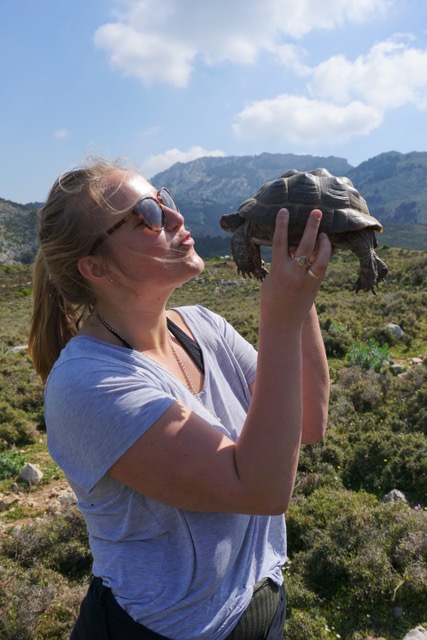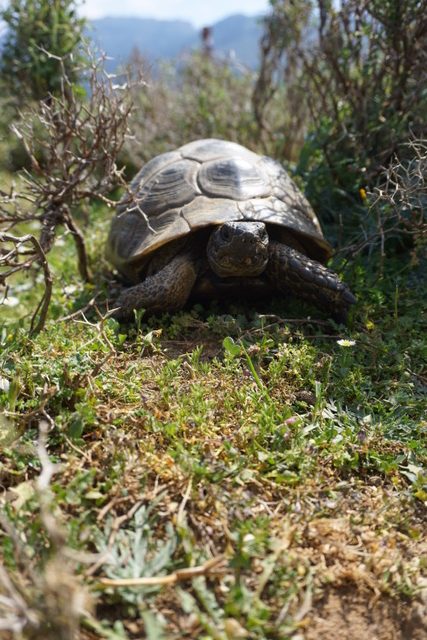With well over 1.200 islands to choose from, Greece sure has a lot to offer. Kos is, not unlike any other Greek island, most commonly known for its great selection of inviting, sandy beaches. However, there’s also the opportunity to indulge yourself in history, discover ruined castles or encounter everyone’s favourite animal (I’m obviously talking about tortoises) in the wild.
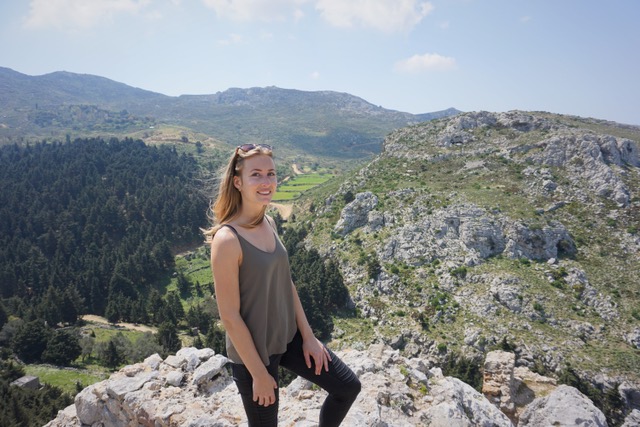

I guess you have all heard of Hippocrates, ‘the father of medicine’, and from now on you can proudly declare you know where he was born: Kos. In his honour, the islanders have erected a beautiful bronze statue that you can find in the little park right next to the marina. If you stroll a bit further along the harbour front you will stumble upon the Neratzia Castle and across from it you can find the famous tree under which Hippocrates is said to have taught his eager pupils the secrets of medicine. Just imagine that you are standing in the exact spot where Hippocrates first wrote out his oath, which is still adhered to by doctors today.
The locals of Kos like to make you believe the tree is 2400 years old and it does indeed look quite old as it’s being supported by an impressive yet ugly metal structure. The truth however is that the current tree is more like a descendant of the original cuttings, of which the oldest branches are estimated to be about 500 years old.
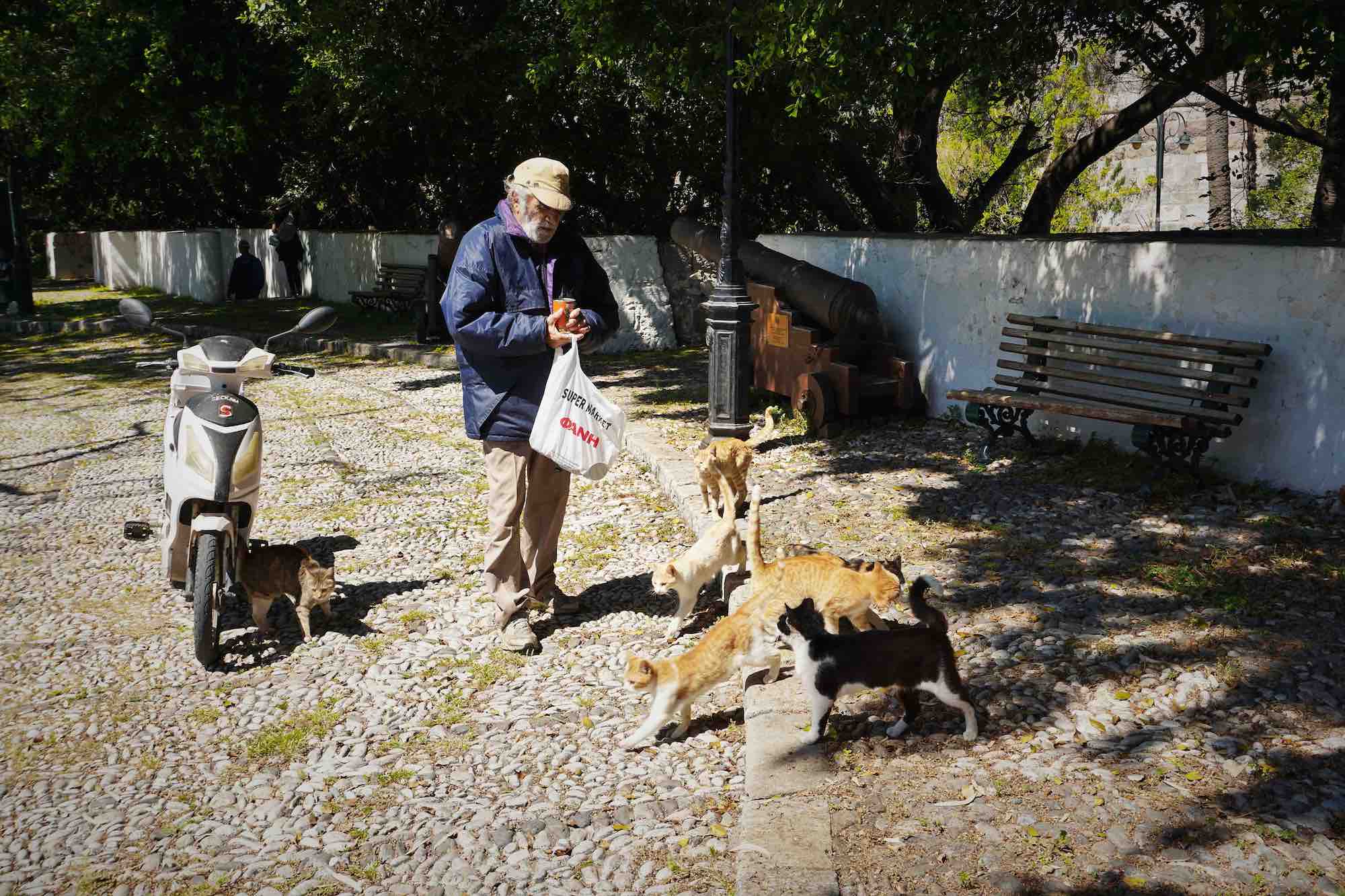
If you had your fair share of contemplating life underneath this wondrous tree, while petting the stray cats swirling around your legs, I suggest renting a jeep and heading inland for something more active. Type in ‘Palio Pyli’ in your GPS and it will bring you along some narrow bumpy roads to the ruined remnants of an old settlement and accompanying castle. It’s a fairly easy hike up to the base of the castle, but be prepared with plenty of water as the Greek temperatures might make it feel like an epic struggle. Once you’ve made it to the first level, you can wander around through the old village and what remains of it, including a fairly intact church and a huge bell that you can still toll.
The main reason to drive here however, is the incredible view all the way at the top of the castle. The route along that second climb is a bit more demanding and it’s easy to miss the start of the rugged passage. We even assumed the castle was simply blocked off for visitors. Thus naturally a few of us dangerously scaled the walls of the castle, only to reach the top and notice that there was a pathway on the other side after all. If you love life, I highly recommend opting for the pathway – trust me, it’s there somewhere. Either way, the panoramic view that awaits you is all worth it. On a clear day you can even make out the Western coastline of Turkey!
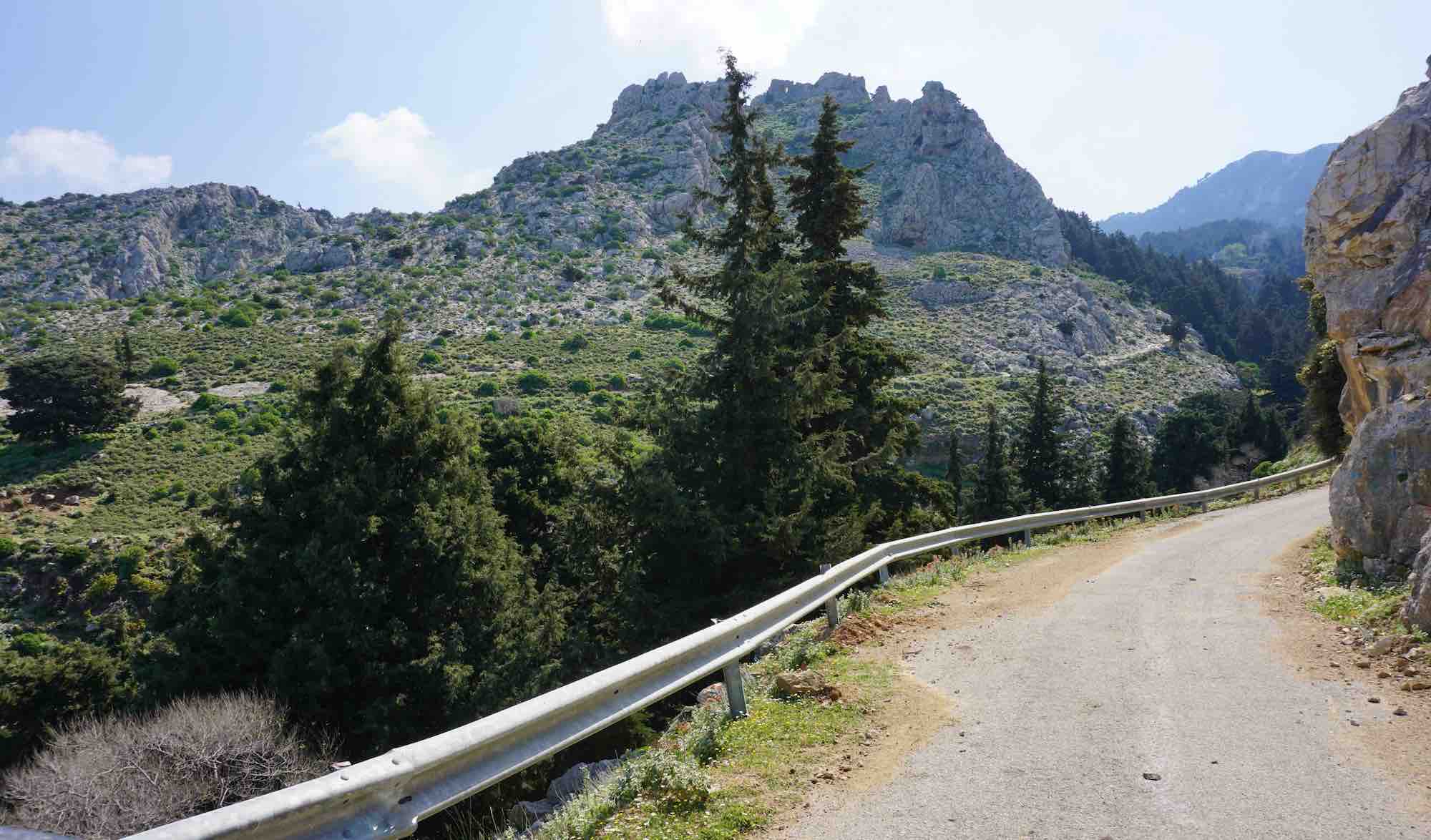
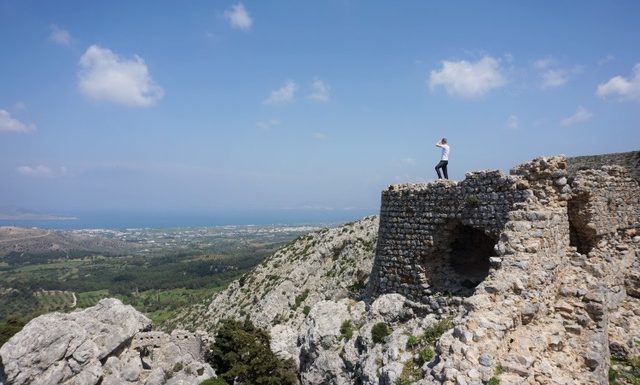
Instead of heading back to Kos town, continue on the ‘road’ past the castle (this is where the jeep comes in) to a destination that’s not in any tourist guide. When you have reached the end of the road past a little goat’s shed and find yourself on a sort of deserted plateau, covered in rocks and thistles, it is time to stop because you have reached tortoise heaven. They are excellently camouflaged so it might take a while to spot one, but in our own experience, we managed to find 5 different individuals in the space of 20 minutes. Quite amazing when you realise there are only about 3000 Greek tortoises left in the wild.
Is there really anything better than seeing a healthy animal in its natural habitat?
